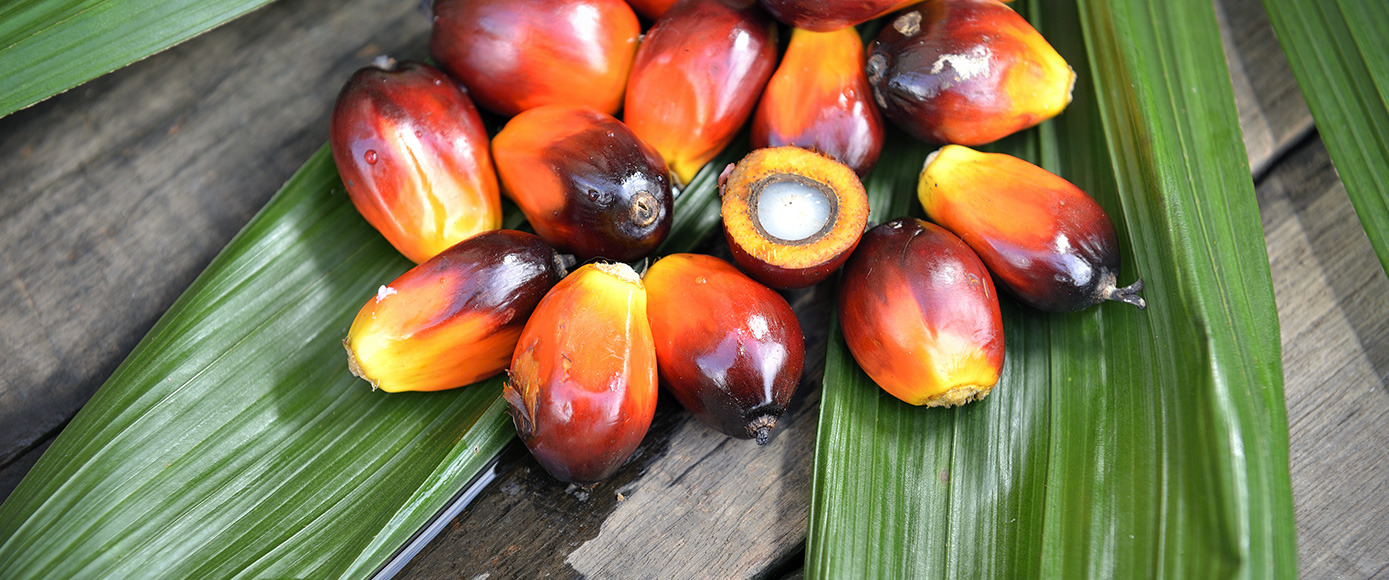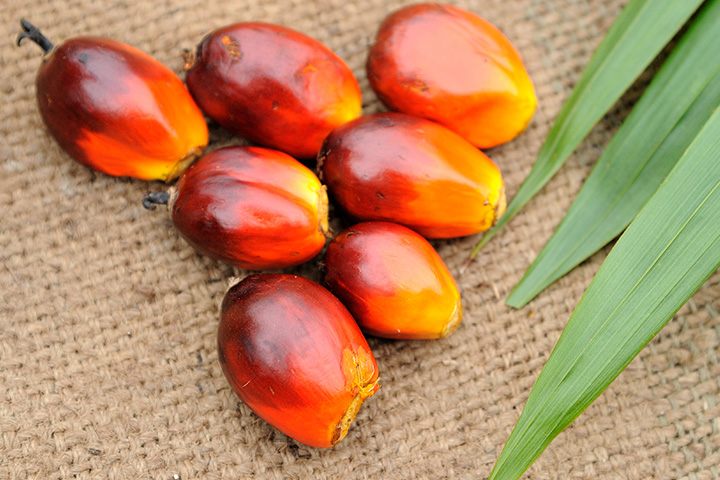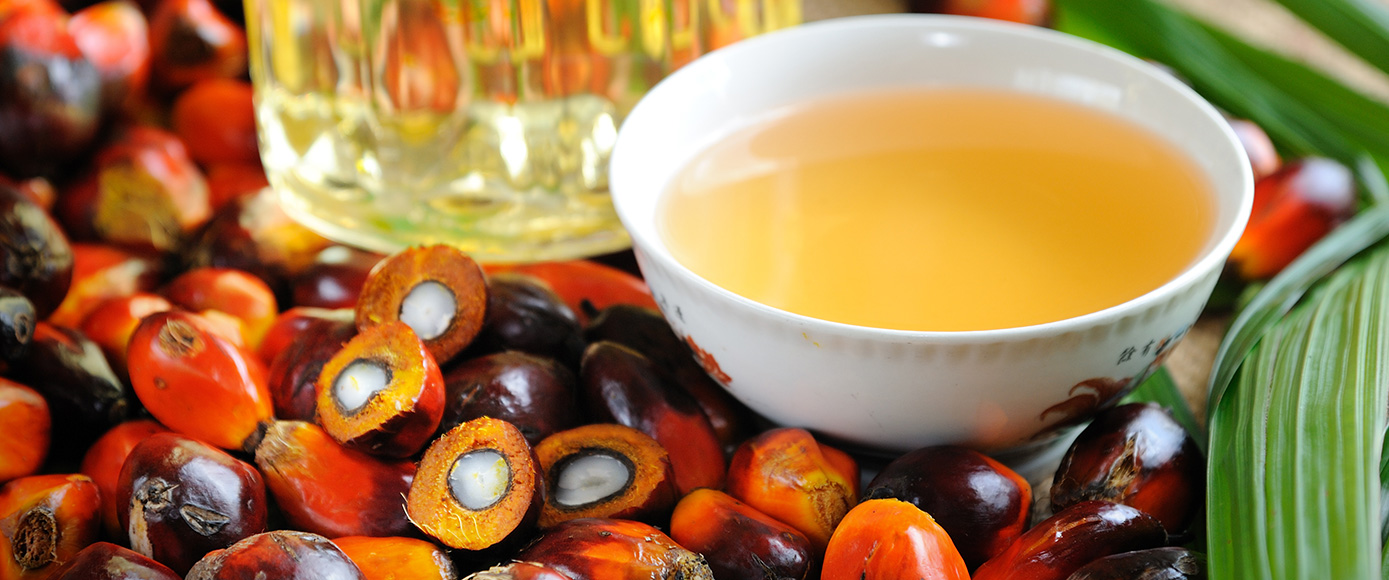Palm oil
Time : 2022/6/1 14:44:49
 What is palm oil?
What is palm oil?
Palm oil, made from the fruit of the oil palm tree, is a common ingredient used in the cosmetics industry. Palm oil is prized for its moisturizing properties, providing creams, lotions, and soaps with moisture and smoothness. Palm oil is also used as a thickener and stabilizer for formulas. Palm oil, with its good oxidative stability, is used by a variety of cosmetics. Palm oil production, however, is increasingly becoming an ecological issue, prompting calls for sustainably produced palm oil, with the majority of companies choosing certified sustainable palm oil, of course, or substituting with alternative plant oils.
Where does it come from?
Palm oil is produced mostly from the fruit of the oil palm tree, predominantly the Elaeis guineensis species, whose natural habitat is the tropics. Indonesia is followed by Malaysia as the two biggest producers of palm oil, responsible for over 80% of the world's palm oil production. Palm oil is derived from the kernel as well as from the succulent fruit, and the crude oil is processed for consumption on a wide range of products. Cultivation of the oil palm spread rapidly due to its productivity as well as economic viability, though its spread raised issues of deforestation, destruction of natural habitats, as well as social issues, giving rise to calls for sustainable agriculture.
What is it used for?
In cosmetics, palm oil plays several critical roles. Palm oil moisturizes and provides smoothness as an emollient for cosmetics such as creams and lotions. Palm oil is a thickener, stabilizing the product as well as the product uniform. Palm oil provides spreadability as well as contributes to creamy texture product development. Palm oil is used widely in cosmetics, thanks to its oxidative stability, by which products are given a shelf-life. However, with the cost of its production on the environment, the need for sustainably sourced palm oil being used within cosmetics is increasing.
Why is it questioned?
Palm oil is targeted principally for its heavy ecological impact, primarily through deforestation as well as loss of habitats. Establishment of oil palm plantations tends to involve the clearing of tropical rainforests, compromising biodiversity as well as advancing climate change. Displacement of indigenous communities as well as human rights issues within palm oil production areas introduce ethical considerations. The widespread consumption of palm oil by most industries further feeds the issues, meaning that there is a need for sustainable sourcing. In response, most organizations as well as consumers opt for alternatives or certified sustainable palm oil as an effort to avoid such negative impacts.
Why and how do we use it?
We apply palm oil within the cosmetics market because of its adaptability as well as its attractive qualities. Palm oil is an emollient, providing moisture as well as smoothness for creams as well as lotions. Palm oil is used as a thickener, stabilizing as well as adding consistency to products. Sustainably produced palm oil is used by us, reducing the environmental negatives of production, including deforestation as well as habitat destruction. By using certified sustainable palm oil, we can benefit from it while supporting ethical production as well as reducing our environmental footprints on cosmetic products.
Copyright © Infinite Good(TaiZhou)Bio-Tec Co.,Ltd. All rights reserved
